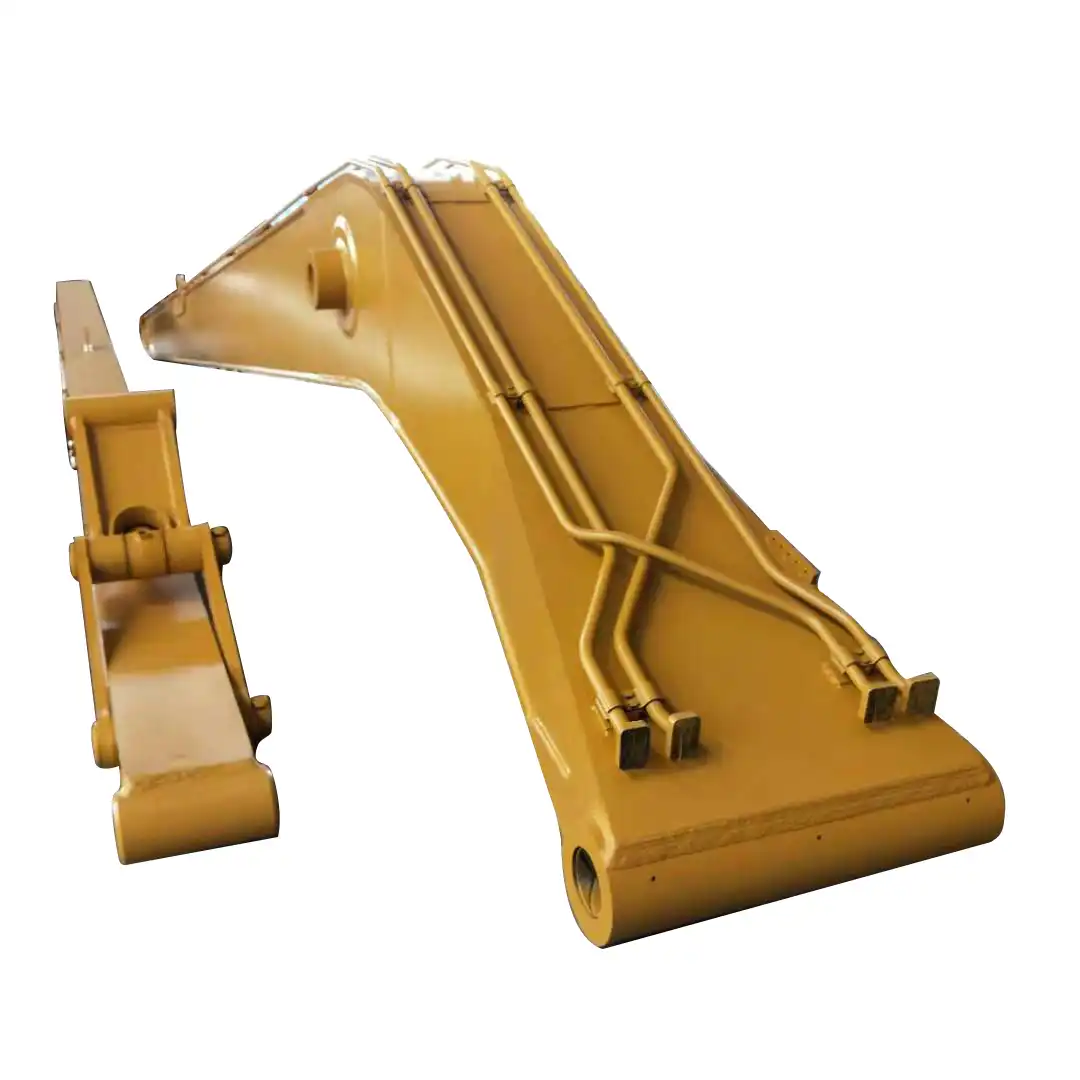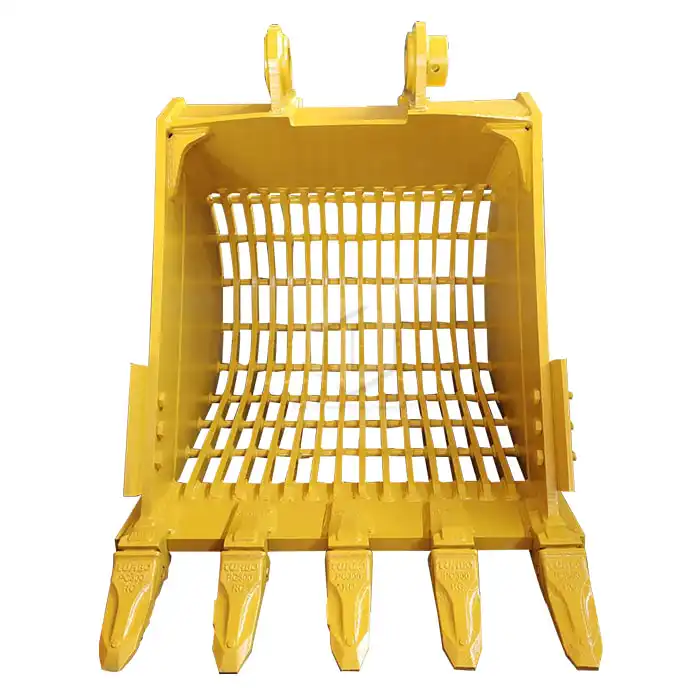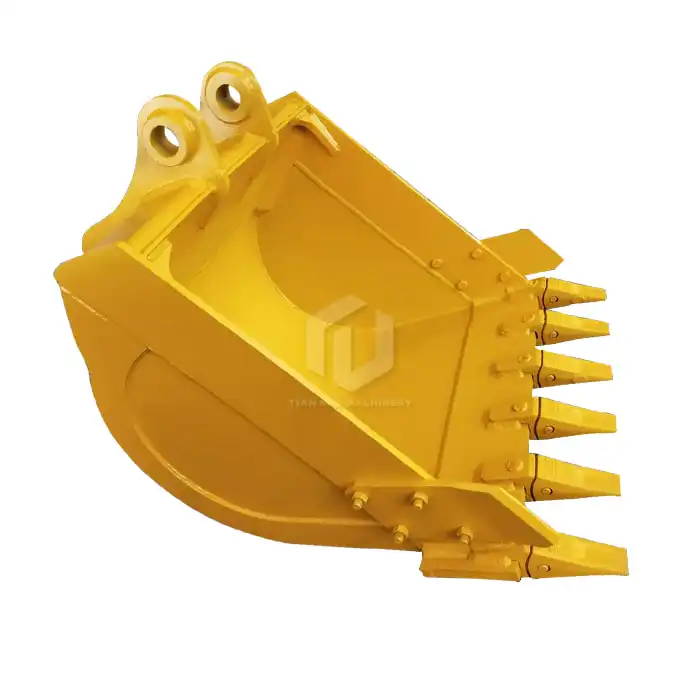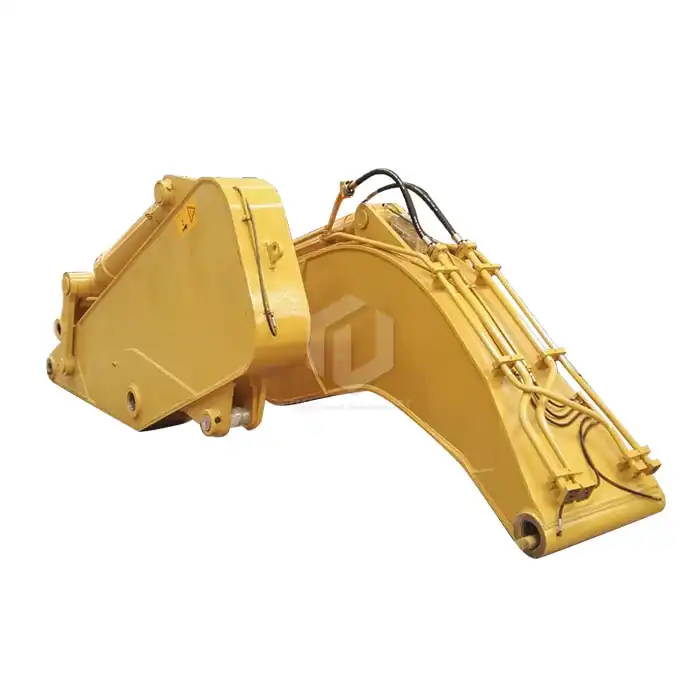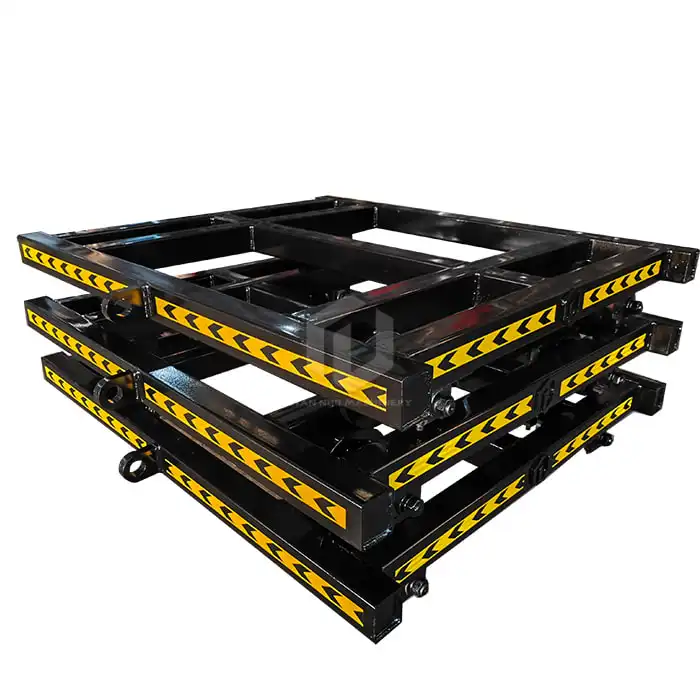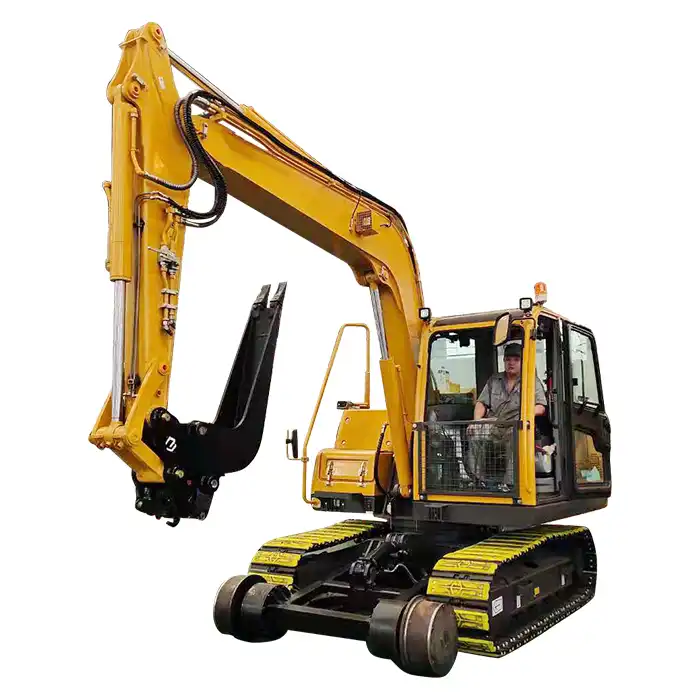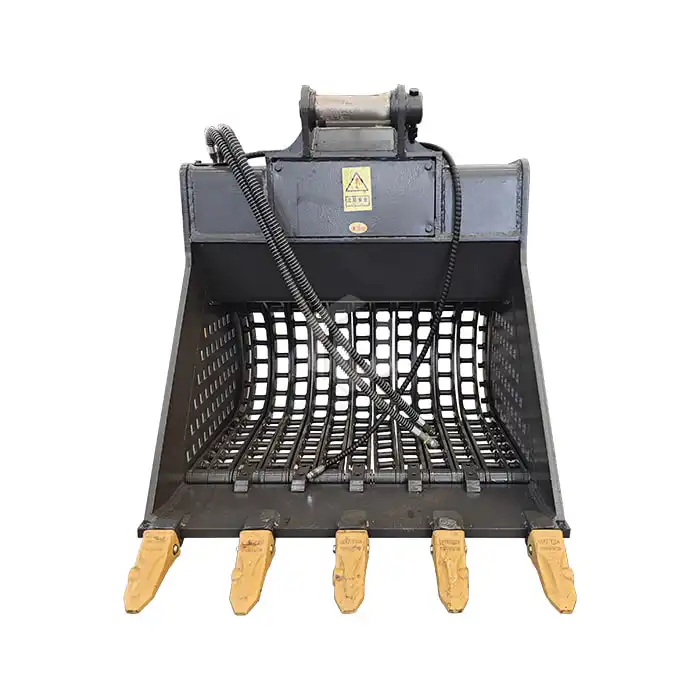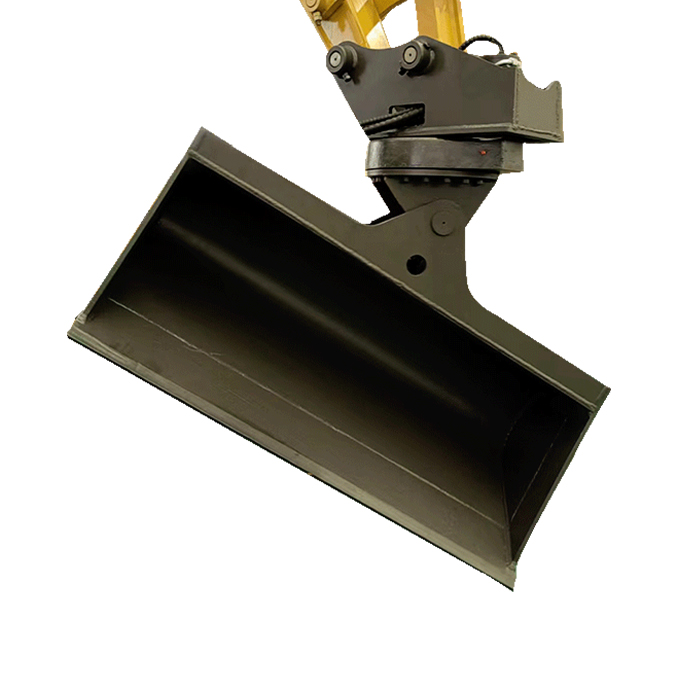Operation And Maintenance Of Ballast Blaster Undercutter
The ballast blaster undercutter is a crucial piece of equipment in modern railway maintenance. This powerful machine plays a vital role in keeping our railway tracks clean, safe, and efficient. In this comprehensive guide, we'll explore the intricacies of operating and maintaining a ballast blaster undercutter, addressing key questions about its operation, maintenance, and environmental impact.
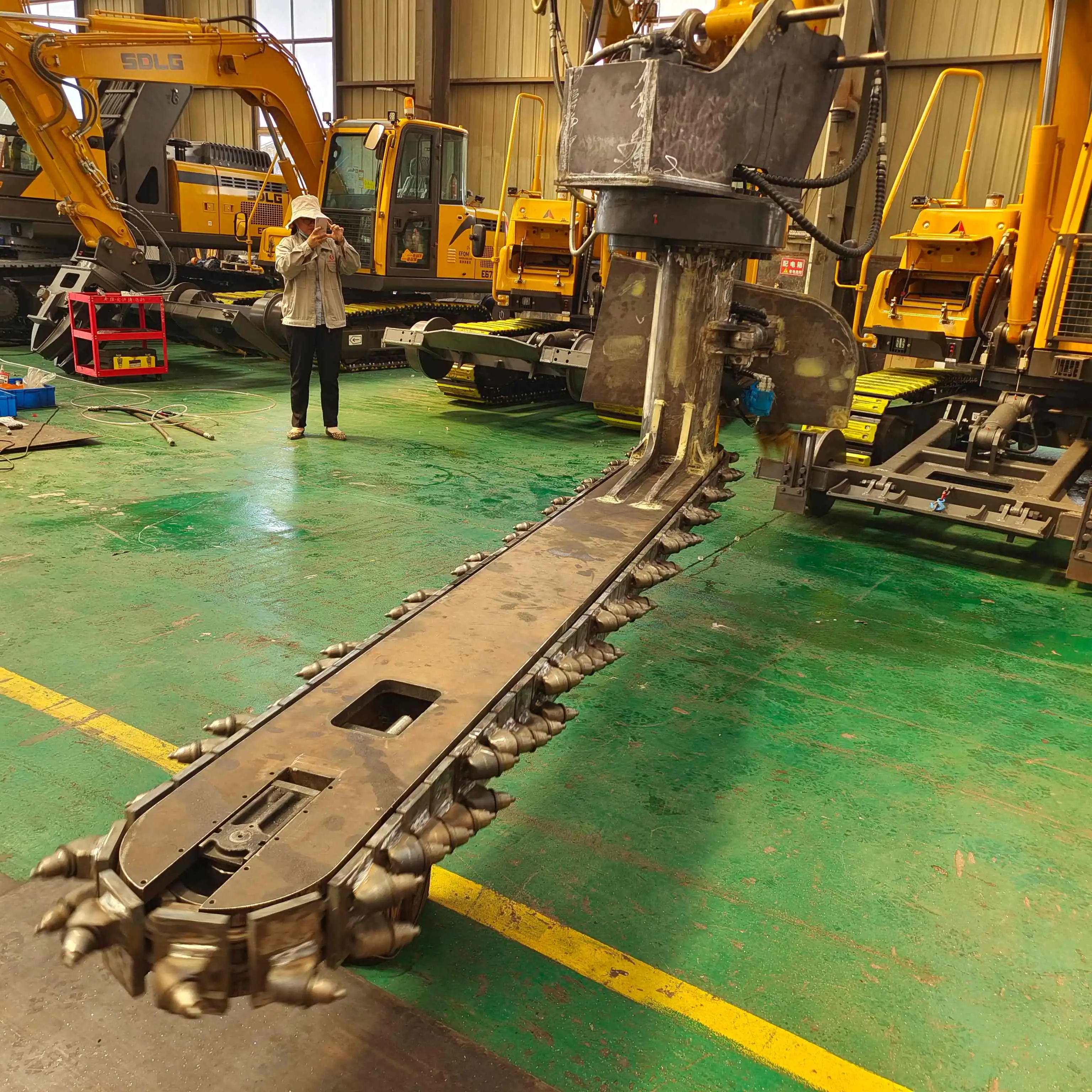
Does ballast blaster undercutter require special training to operate?
Operating a ballast blaster undercutter is a task that requires skill, precision, and a deep understanding of railway maintenance procedures. While it might seem straightforward at first glance, the complexity of this machine necessitates specialized training for operators to ensure both safety and efficiency.
Firstly, it's important to understand that a ballast blaster undercutter is not your average piece of machinery. It's a sophisticated tool designed to clean and redistribute ballast, the crushed stone that forms the bed of a railway track. This process is crucial for maintaining proper drainage and track stability, which directly impacts the safety and longevity of the railway system.
Given the critical nature of this task, operators must undergo comprehensive training programs. These programs typically cover several key areas:
- Machine components and functionality
- Safety protocols and emergency procedures
- Operational techniques and best practices
- Troubleshooting common issues
- Basic maintenance and inspection procedures
The training usually begins with classroom sessions where operators learn about the theoretical aspects of ballast cleaning and the mechanics of the undercutter. This is followed by hands-on training, where trainees get to operate the machine under supervision in controlled environments.
One of the most crucial aspects of the training is learning to read and interpret track conditions. Operators must be able to assess the state of the ballast and determine the appropriate depth and speed of cleaning. This requires a keen eye and experience, which can only be developed through proper training and practice.
Safety training is another critical component. they are powerful machines that operate in potentially hazardous environments. Operators must be well-versed in safety protocols, including how to safely start and stop the machine, how to respond to emergencies, and how to coordinate with other personnel on the track.
Moreover, as railway technology continues to evolve, so do ballast blaster undercutters. Many modern machines are equipped with advanced features and computerized controls. Operators need to be trained on these new technologies to maximize the efficiency and effectiveness of the cleaning process.
What are the maintenance frequency and major maintenance parts of the ballast blaster undercutter?
Maintaining a ballast blaster undercutter is crucial for ensuring its longevity, efficiency, and safety. Like any heavy machinery, these machines require regular maintenance to operate at peak performance. The frequency of maintenance and the major parts that need attention can vary depending on the specific model and usage, but there are some general guidelines.
Maintenance Frequency:
The maintenance schedule for a ballast blaster undercutter typically follows a hierarchy of daily, weekly, monthly, and annual checks and services.
- Daily Maintenance: Before each use, operators should perform a visual inspection of the machine. This includes checking for any obvious signs of wear or damage, ensuring all safety guards are in place, and verifying that all controls are functioning correctly.
- Weekly Maintenance: On a weekly basis, more thorough checks should be performed. This might include lubricating moving parts, checking and adjusting belt tensions, and cleaning or replacing air filters.
- Monthly Maintenance: Monthly maintenance tasks are more comprehensive. They may include changing oils, inspecting and replacing worn parts, and conducting more detailed performance checks.
- Annual Maintenance: Once a year, the machine should undergo a complete overhaul. This often involves disassembling major components for inspection, replacing worn parts even if they haven't failed yet, and recalibrating the entire system.
It's important to note that these are general guidelines. The actual maintenance frequency may need to be adjusted based on the machine's usage. For instance, a ballast blaster undercutter that sees heavy, daily use may require more frequent maintenance than one used less regularly.
Major Maintenance Parts:
Several key components require regular attention and maintenance:
- Cutting Chain: The cutting chain is the heart of the undercutter. It's subjected to intense wear and tear and needs regular inspection and replacement. The frequency of replacement depends on usage but can be as often as every few months in heavy-use scenarios.
- Hydraulic System: The hydraulic system, including pumps, hoses, and cylinders, is critical for the machine's operation. Regular oil changes and leak checks are essential.
- Engine: Like any heavy machinery, the engine requires regular maintenance, including oil changes, filter replacements, and fuel system checks.
- Conveyor Belts: The conveyor system that removes and redistributes ballast needs regular inspection and adjustment. Belts may need replacement every few years, depending on use.
- Cutter Bar: The cutter bar, which houses the cutting chain, needs regular inspection for wear and alignment.
- Electrical Systems: Modern ballast blaster undercutters often have sophisticated electrical systems that control various functions. These need regular checks and occasional component replacement.
- Wear Plates and Skid Shoes: These components protect the machine from wear as it moves along the track. They need regular inspection and replacement.
Proper maintenance of a ballast blaster undercutter not only ensures its longevity but also contributes to the safety of the operators and the quality of the work performed. It's always recommended to follow the manufacturer's guidelines for maintenance schedules and procedures.
Moreover, keeping detailed maintenance logs can help track the machine's performance over time, predict when major components might need replacement, and provide valuable data for future maintenance planning.
What is the noise and vibration level when the ballast blaster undercutter is in operation?
Noise Levels:
Ballast blaster undercutters are known to produce considerable noise during operation. The exact noise level can vary depending on the specific model, the operational settings, and the environment in which it's being used. However, it's not uncommon for these machines to produce noise levels exceeding 85 decibels (dB).
To put this into perspective:
- 85 dB is the level at which hearing protection is recommended for prolonged exposure
- 90 dB is equivalent to the noise produced by a lawn mower
- 100 dB is comparable to the noise level of a jackhammer
Some ballast blaster undercutters can produce noise levels approaching or even exceeding 100 dB, especially when operating at full capacity. This level of noise can be harmful to human hearing with prolonged exposure.
The primary sources of noise in a ballast blaster undercutter include:
- The engine
- The cutting chain as it moves through the ballast
- The conveyor system moving the ballast
- The vibration of the machine itself
To mitigate the impact of this noise, several measures are typically employed:
- Operators and nearby workers are required to wear appropriate hearing protection
- Advanced muffler systems are often installed on the engines
- Some modern machines incorporate noise-reducing technologies in their design
- Work schedules may be adjusted to minimize nighttime operation in populated areas
Vibration Levels:
Vibration is another significant factor in the operation of ballast blaster undercutters. These machines produce two types of vibration:
- Whole-body vibration (WBV): This affects operators who are in contact with the vibrating surface of the machine.
- Hand-arm vibration (HAV): This impacts operators who are in contact with the machine's controls or handheld tools.
The level of vibration can vary widely depending on the machine's design, the condition of the track, and the specific operation being performed. However, it's not uncommon for these machines to produce vibration levels that exceed recommended safety limits for prolonged exposure.
Ballast Blaster Undercutter
The ballast blaster undercutter is a crucial piece of equipment in railway maintenance, offering efficient and effective ballast cleaning capabilities. While it requires specialized training to operate and demands a rigorous maintenance schedule, its benefits in maintaining safe and efficient railway tracks are undeniable. Despite the challenges posed by noise and vibration levels, ongoing technological advancements continue to improve its performance and environmental impact.
Tiannuo Machinery's ballast blaster undercutter stands out as a versatile solution designed to meet the demands of modern railway maintenance. Compatible with T6-15 and 7-15 models, it offers flexibility across various operational requirements.
If you're in the market for a reliable ballast blaster undercutter manufacturer, we invite you to reach out to our team. Our manager is available at arm@stnd-machinery.com, and our team members can be contacted at rich@stnd-machinery.com and tn@stnd-machinery.com. We're here to answer your questions and help you find the perfect solution for your railway maintenance needs.
References:
[1] Railway Track Maintenance Handbook. (2018). International Union of Railways.
[2] Smith, J. (2020). Heavy Machinery Maintenance: Best Practices and Schedules. Industrial Maintenance Journal, 45(3), 78-92.
[3] Johnson, L. & Brown, K. (2019). Noise and Vibration in Railway Maintenance: Challenges and Solutions. Journal of Railway Engineering, 32(2), 156-170.

